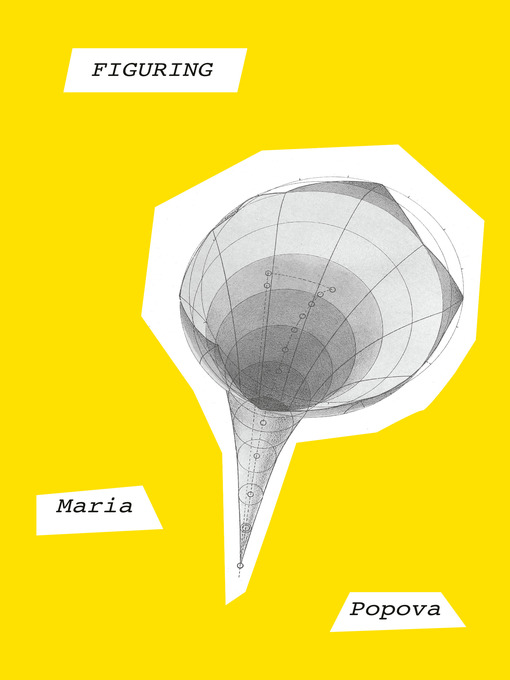
“We say,” she writes, “that photographs ‘immortalize’ and yet they do the very opposite forcing us to contemplate a moment - an unrepeatable fragment of existence - that once was and never again will be.” Even as Popova is a cartographer of connection, depicting terrains that are “mappable only from the distance of decades or centuries,” she is poignantly aware that time erases any map of certitude. Popova understands that the desire for permanence is an “ineradicable human longing,” but also acknowledges that the wish can never be satisfied. In passages akin to biography and history-writing, she conjures Daguerre at work, trying “to transmute the ephemerality of light and shadow into the permanence of a paper image.” In these pages, too, Frederick Douglass sits for his iconic photographic portrait, and hails Daguerre as a maker of modernity, turning the world “into a picture gallery.” The woof is a crossing direction of philosophical speculation. One chapter, “Shadowing the Light of Immortality,” takes the warp as its subject matter, here the development of early photography from portraiture to astronomy.

Instead, I want to direct attention to Popova’s underlying pattern of warp and woof.

There are too many threads to tease out in the space of a review. Popova’s way to meaning is through figuring, a word she uses for her distinctive practice of creating linkages, adjacencies, and intersections among disparate individuals and ideas. Popova writes that “eaning is not what we find but what we create with the lives we live and the seeds we plant and the organizing principles according to which we sculpt our personhood.” The lives, the seeds, the principles are what inform this unusual and original book. I can, however, say simply that Popova’s central concern is the question of how humans make meaning.


They are not perturbed by offshoots that others might call digressions but instead feel themselves to be held in trustworthy hands that will not leave them stranded.įiguring does not lend itself to summary to do so would be an injustice to author Maria Popova’s themes and methods that are inextricably linked throughout the book. The readers who will love this book - count me among them - delight in walking on paths that branch without a defined destination. This book is not for those who need to know in advance what a book is about.


 0 kommentar(er)
0 kommentar(er)
